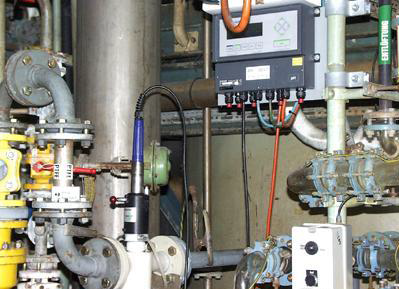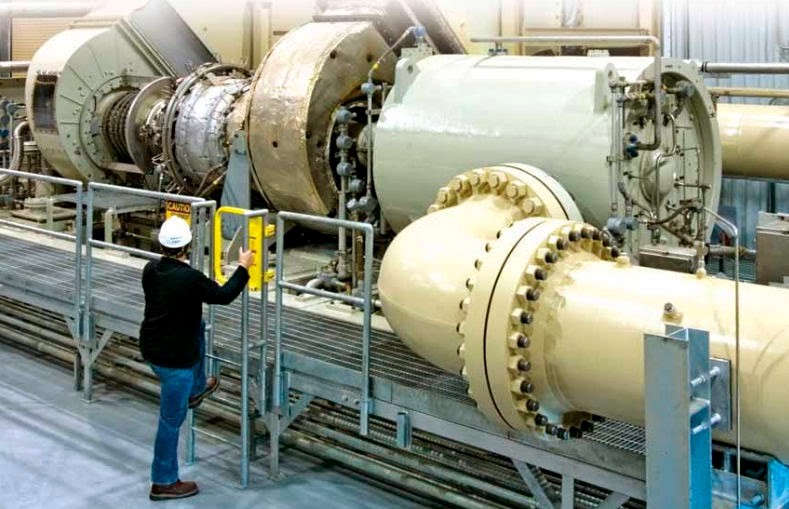COURSE OVERVIEW
IE0350 : Safety Integrity Level (SIL) Determination and Verification

OVERVIEW
| COURSE TITLE | : | IE0350 : Safety Integrity Level (SIL) Determination and Verification |
| COURSE DATE | : | Apr 06 - Apr 10 2025 |
| DURATION | : | 5 Days |
| INSTRUCTOR | : | Mr. Sydney Thoresson |
| VENUE | : | Doha, Qatar |
| COURSE FEE | : | $ 6000 |
| Request For Course Outline | ||
Course Description
The ANSI SP 84 (formerly ISA 84.01) “Application of Safety Instrumented Systems for the Process Industries” standard requires that companies assign a target safety integrity level (SIL) for all safety instrumented systems (SIS) applications. The assignment of the target SIL is a decision requiring the extension of the process hazards analysis (PHA). The assignment is based on the amount of risk reduction that is necessary to mitigate the risk associated with the process to an acceptable level. All of the SIS design, operation, and maintenance choices must then be verified against the target SIL.
This course covers the systematic method for selecting safety integrity levels (SILs) for safety instrumented systems (SIS). Although numerous methods have been proposed and adopted by industry, layer of protection analysis (LOPA) is rapidly becoming the most frequently used method. Its popularity stems from its ease of use and the accuracy of the results it provides. LOPA accounts for most existing layers of protection, more than any other method. With this proper accounting, the SIS is neither overdesigned nor overpriced. The LOPA method ensures that users achieve the maximum return on their risk reduction investments.
The result of using poor methods to select SILs is typically either an overdesigned or an under designed safety instrumented system. The risk analysis that forms the basis for SIL selection, however, can be greatly improved. This will provide the user with more accurate results so formerly inflated requirements can be relaxed, which will in turn lower not only the initial installation costs, but the cost of ongoing maintenance.
Much of the material in this course is based on the application of the safety life cycle as it is described in the international standards ANSI SP 84 (formerly ISA 84.01) “Application of Safety Instrumented Systems for the Process Industries” and EN/IEC 61508/61511. This course expands upon the framework developed in these standards. In addition to describing the tasks that users should perform during the safety life cycle, this course also provides detailed procedures for accomplishing these tasks. These procedures are based on risk analysis and reliability engineering principles from a variety of disciplines.
link to course overview PDF
This course covers the systematic method for selecting safety integrity levels (SILs) for safety instrumented systems (SIS). Although numerous methods have been proposed and adopted by industry, layer of protection analysis (LOPA) is rapidly becoming the most frequently used method. Its popularity stems from its ease of use and the accuracy of the results it provides. LOPA accounts for most existing layers of protection, more than any other method. With this proper accounting, the SIS is neither overdesigned nor overpriced. The LOPA method ensures that users achieve the maximum return on their risk reduction investments.
The result of using poor methods to select SILs is typically either an overdesigned or an under designed safety instrumented system. The risk analysis that forms the basis for SIL selection, however, can be greatly improved. This will provide the user with more accurate results so formerly inflated requirements can be relaxed, which will in turn lower not only the initial installation costs, but the cost of ongoing maintenance.
Much of the material in this course is based on the application of the safety life cycle as it is described in the international standards ANSI SP 84 (formerly ISA 84.01) “Application of Safety Instrumented Systems for the Process Industries” and EN/IEC 61508/61511. This course expands upon the framework developed in these standards. In addition to describing the tasks that users should perform during the safety life cycle, this course also provides detailed procedures for accomplishing these tasks. These procedures are based on risk analysis and reliability engineering principles from a variety of disciplines.
TRAINING METHODOLOGY
This interactive training course includes the following training methodologies:
LecturesPractical Workshops & Work Presentations
Hands-on Practical Exercises & Case Studies
Simulators (Hardware & Software) & Videos
In an unlikely event, the course instructor may modify the above training methodology for technical reasons.
VIRTUAL TRAINING (IF APPLICABLE)
If this course is delivered online as a Virtual Training, the following limitations will be applicable:
| Certificates | : | Only soft copy certificates will be issued |
| Training Materials | : | Only soft copy materials will be issued |
| Training Methodology | : | 80% theory, 20% practical |
| Training Program | : | 4 hours per day, from 09:30 to 13:30 |
RELATED COURSES

IE0030 : Process Control & Instrumentation
- Date: Dec 21 - Dec 25 / 3 Days
- Location: Kuwait City, Kuwait
- Course Details Register

IE0780 : Compressor Control & Protection
- Date: Dec 21 - Dec 25 / 3 Days
- Location: Cairo, Egypt
- Course Details Register

IE0190 : PLC & SCADA for Automation & Process Control
- Date: Dec 21 - Dec 25 / 3 Days
- Location: Dubai, UAE
- Course Details Register

IE0181 : Quality Management Assurance Techniques in (OT) Environments
- Date: Dec 21 - Dec 25 / 3 Days
- Location: Doha, Qatar
- Course Details Register
